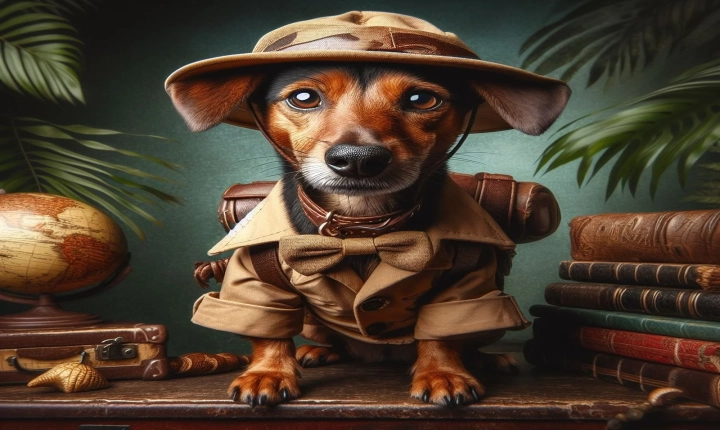Title: How to Code an AI Art Generator
Artificial intelligence (AI) has revolutionized the way we create art, allowing for the generation of stunning and intricate artworks with the help of algorithms. AI art generators have become increasingly popular, providing artists and enthusiasts with powerful tools to create captivating digital artwork. In this article, we will explore the process of coding an AI art generator, highlighting the basic steps and key considerations for building a successful AI art generation model.
1. Understand the Problem
Before diving into coding, it is important to understand the problem at hand. AI art generation involves the use of deep learning models, particularly generative adversarial networks (GANs), to create realistic and visually appealing artwork. GANs consist of two neural networks – a generator that creates images and a discriminator that evaluates them. Understanding the principles behind GANs and the requirements for generating art is crucial for developing an effective AI art generator.
2. Choose the Right Framework
Selecting the right deep learning framework is essential for implementing an AI art generator. Popular frameworks such as TensorFlow, PyTorch, and Keras provide a solid foundation for building GANs and other AI models. Each framework comes with its own set of features and advantages, so it’s important to consider the specific requirements of the art generator and choose the framework that best suits the project.
3. Obtain and Preprocess Art Data
Art generation models require a large dataset of artwork for training. This dataset may consist of paintings, drawings, or any other form of visual art. The data must be preprocessed to ensure compatibility with the AI model, including tasks such as resizing images, normalizing pixel values, and organizing the dataset into appropriate categories. Tools like OpenCV and NumPy can be used for data preprocessing and manipulation.
4. Build the Generator and Discriminator
The heart of the AI art generator lies in the generator and discriminator networks. The generator network creates new images based on random noise, while the discriminator network evaluates the generated images for realism. Constructing these networks involves defining the architecture, specifying layers, and configuring activation functions. It is important to strike a balance between the complexity of the networks and the resources available for training.
5. Train the Model
Training the AI art generator involves optimizing the parameters of the generator and discriminator through the use of training data. This process typically involves hundreds or thousands of iterations, during which the networks learn to generate realistic and visually appealing art. Training considerations include the choice of loss functions, learning rates, and batch sizes, as well as monitoring the model’s progress to ensure effective learning.
6. Fine-Tune and Evaluate
After training the AI art generator, it is essential to fine-tune the model and evaluate its performance. Fine-tuning may involve adjusting hyperparameters, improving model stability, and enhancing the quality of generated art. Evaluating the model includes assessing the visual fidelity, diversity, and creativity of the generated art, as well as identifying any potential issues such as mode collapse or overfitting.
7. Deploy the Model
Once the AI art generator has been successfully trained and evaluated, it can be deployed for generating artwork. This may involve creating a user interface for interacting with the model, integrating it into an existing art platform, or making it available as a standalone application. The deployment process should prioritize ease of use, scalability, and accessibility for users who wish to create their own AI-generated art.
In conclusion, coding an AI art generator requires a deep understanding of deep learning principles, meticulous data handling, and thoughtful model design. By following the steps outlined in this article, developers can embark on the exciting journey of creating their own AI art generator and contribute to the burgeoning field of AI-generated art. With the right tools and a creative mindset, the possibilities for generating mesmerizing artwork are endless.
